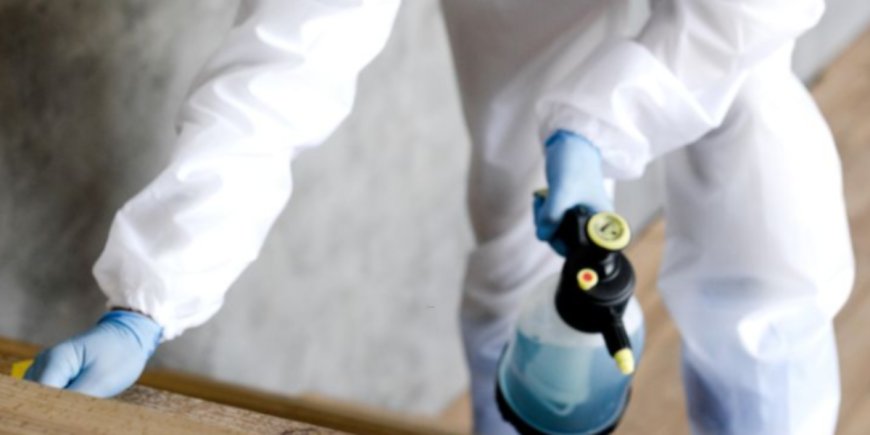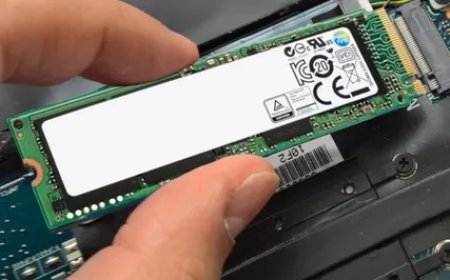Replacing vs Repainting: What’s the Smarter Choice for Your Property?

When your property starts to show signs of aging, one key question always comes up: Replacing vs Repainting, whats the smarter choice? Whether its tired walls, cracked siding, or fading window frames, deciding between painting over the damage or starting from scratch can be challenging.
Both options have their place. Repainting gives surfaces a new look without breaking the bank. Replacing, however, ensures structural integrity and resets the lifespan of your materials. But which option gives you more value in the long run?
In this article, well explore the pros and cons of each option, using real-world considerations like budget, time, condition, and property goals. By the end, youll have the clarity to choose the right path for your next renovation or maintenance project.
What Does Repainting Offer?
Repainting is often the first solution people consider when surfaces begin to wear down. Its simple, budget-friendly, and can make a dramatic difference in appearance without extensive work.
Why Repainting Is Still a Go-To Choice
Repainting refreshes tired walls, trims, and siding, covering up scratches, stains, and fading. For many property owners, it's a way to improve curb appeal or interior ambiance without major investments. It also allows for easy color changes to match modern trends or personal preferences.
When Repainting Is Enough
In many cases, surfaces dont need a full replacement. Paint can add years to materials like wood, plaster, or aluminum. If theres no deep damage, mold, or rot, a fresh coat can protect the material, prevent weather damage, and give your property a renewed appearance.
Understanding the Replacing Option
Replacing involves removing the old material entirely and installing something new. Whether its siding, windows, or doors, this option goes beyond aesthetics and addresses issues at the core.
Why Some Properties Require Full Replacement
If your materials are rotting, warped, or damaged beyond repair, repainting wont fix the problem. Cracks in siding, water stains on drywall, or warped wood panels are often signs that its time to replace instead of repaint.
Long-Term Benefits of Replacing
Though replacing is more expensive upfront, it provides a fresh start. New materials last longer, require less upkeep and can raise your propertys resale value. For businesses, replacements also offer the chance to align the buildings appearance with brand updates or design standards.
Cost Comparison: Short-Term vs Long-Term Investment
When comparing Replacing vs Repainting, cost is always at the center. At first glance, painting is the clear winner on price, but thats only part of the picture.
Repainting Costs
Repainting typically costs between $1 to $4 per square foot, depending on the surface, paint quality, and labor rates. For small to mid-sized projects, this makes repainting an affordable option. The total may run from $1,000 for a single room to $5,000 for an entire building exterior.
Replacing Costs
Replacing is more expensive, ranging from $5 to $20+ per square foot depending on the material. The initial investment may be high; replacing home siding alone can cost $10,000 or more. However, quality replacements can last 2050 years with minimal maintenance.
Condition of the Surface: A Key Decision Factor
One of the biggest factors in choosing between replacing vs repainting is the condition of the existing surface. If you try to paint over damaged, moldy, or deteriorated materials, the result wont last and could lead to more costly repairs later.
When Repainting Works
Paint is ideal for surfaces with only surface-level flaws. Scratches, fading, or minor chips can be corrected easily. As long as the base is strong and secure, paint can restore the look and add a layer of protection.
When Replacing Is Necessary
If the material is crumbling, peeling beyond repair, waterlogged, or warped, painting is just a temporary mask. These conditions typically signal structural issues that require replacement. Trying to repaint these can waste time and money and lead to frustration.
Appearance and Aesthetics: Which Option Looks Better?
Lets be honest, first impressions matter. Whether it's a home, commercial building, or retail space, appearance plays a huge role in value and perception.
Aesthetic Impact of Repainting
Repainting instantly improves your propertys look. With a modern color palette and clean execution, you can dramatically transform the vibe of a space. Plus, paint offers flexibility. If you change your mind down the road, repainting is quick and relatively inexpensive.
Replacement for a New, Flawless Look
Replacing materials gives you a smooth, clean slate. Everything is new, even, and consistent. Youre not covering old mistakes, youre starting fresh. If youre looking for a high-end, polished appearance with long-term consistency, replacement wins in this category.
Durability and Maintenance Over Time
Another key area in the Replacing vs Repainting debate is how each option holds up under daily wear and weather.
How Long Repainting Lasts
Exterior paint typically lasts 510 years depending on weather exposure and the material underneath. Interior paint can last longer, though areas like kitchens and bathrooms may need more frequent attention due to moisture.
Lifespan of Replaced Materials
Replaced siding, windows, doors, or walls generally last 2050 years depending on what you install. For example:
-
Vinyl siding: 2040 years
-
Fiber cement: 3050 years
-
New drywall: 3070 years
-
Double-pane windows: 2025 years
Environmental Considerations
Today, sustainability matters more than ever. Your choice between repainting and replacing can impact your environmental footprint.
Eco-Friendliness of Repainting
Painting can be environmentally friendly if low-VOC (volatile organic compound) paints are used. Repainting also keeps existing materials in place, reducing construction waste. However, repeated paint jobs add layers, which eventually become difficult to manage or dispose of.
Environmental Impact of Replacement
Replacing often results in large quantities of waste, especially if old materials cant be recycled. That said, installing energy-efficient materials, like insulated siding or double-pane windows, can reduce your energy consumption and lower your buildings carbon footprint over time.
Business Perspective: Commercial Properties
For businesses, the Replacing vs Repainting decision carries added pressure. Your building reflects your brand and affects how customers, tenants, or partners perceive your company.
Why Repainting Works for Businesses
If the structure is in good condition and you need a quick refresh, repainting is cost-effective and fast. Its especially useful for seasonal updates, rebranding, or improving aesthetics without major downtime.
When Replacement Makes Sense Commercially
If your property is outdated, damaged, or fails to meet modern energy codes, replacing is the smarter long-term strategy. It can improve energy performance, meet safety standards, and elevate your brands presence in a competitive market.
Conclusion
Replacing vs Repainting is a critical decision that depends on your propertys current condition, your long-term goals, and your available budget. Repainting works well when the surface is still in good shape and just needs a refreshed look. Its affordable, fast, and can significantly boost your property's visual appeal.
However, when damage is deep or materials are reaching the end of their lifespan, replacement becomes the smarter choice. Though it comes with a higher initial cost, it offers better durability, modern functionality, and long-term value, especially for high-traffic or commercial properties.
If you're unsure which path to take, consult a property expert who can help you evaluate your surface conditions. Choosing the right option between replacing vs repainting can save you money, time, and future maintenance headaches. To learn more about spray painting services for commercial spaces, visit Commercial Spray Painting today.


































